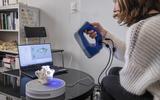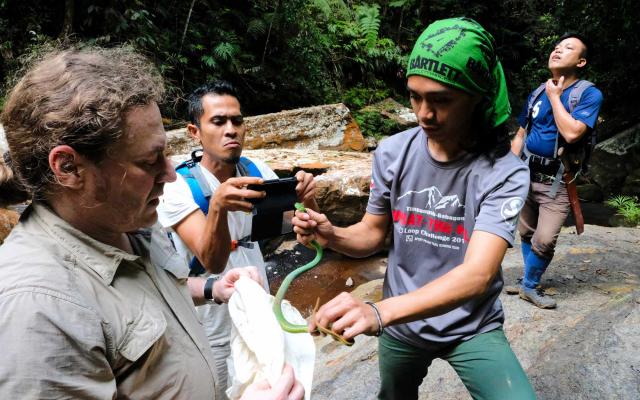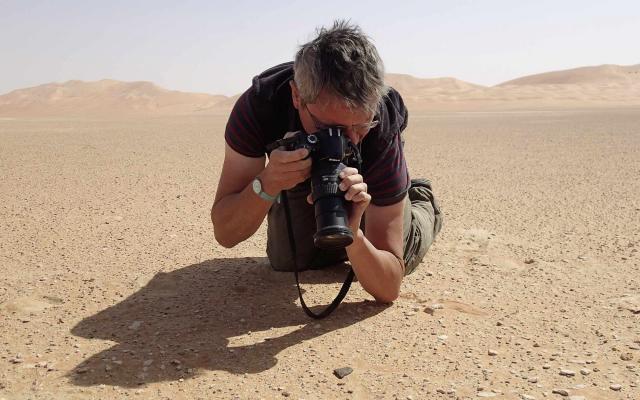Thanks to new technologies, objects from natural history collections can be scanned in three dimensions and thus made available to researchers worldwide without direct access. Our mammal curator, Dr. Anne-Claire Fabre, demonstrates the 3D scanner using a wolf skull. In just a few minutes, the computer assembles hundreds of individual images into a virtual model that can be viewed from all sides.
This also takes the strain off the original, which is exposed to less contact as a result. But it takes a lot of patience before a collection is completely digitized - there are around 6.5 million objects in our museum collection alone! That's why Anne-Claire Fabre is working on the Albert Heim collection for the time being. This is the largest scientific collection of pedigree dogs in the world. It includes around 2,800 dog skulls and 280 dog skeletons. The scans are made available on the Morphosource website.





